Forget American Sunscreens. These Korean Alternatives Will Keep Your Skin Better Protected All Summer.

Perhaps you’ve heard about the 10-step Korean skin regimen, a routine so involved that it turned “K-Beauty” into its own category of skincare. K-Beauty has popularized skin care products such as like the oil cleansers, toners, essences, sheet masks and more. But you don’t have to employ a time-consuming series of ablutions to help your skin look its best. In fact, the best place to start is with the one thing Korean makers do better than those here in the United States.
One other tenet of K-Beauty is using SPF as the final step in the regimen. It should also be the last step in your routine—year round, no less, because UV rays never go on holiday. And while we have no shortage of sunscreen options in the U.S., Korean sunscreens have become increasingly popular stateside of late. Their use of innovative chemical UV filters is partially to thank for their rise, but perhaps most notably, these filters do not absorb into the bloodstream. This is a sharp contrast to sunscreens in the U.S., where FDA policy has slowed innovation in the same category, which results in chemical sunscreen options that get absorbed into the body.
More from Robb Report
Read on for a quick explainer of the hurdles we have in the states, as well as a spotlight on the best Korean sunscreens.
What’s Wrong With American Sunscreens?
Believe it or not, the reason domestically produced SPFs lag behind those made abroad is a matter of government policy. Most of the blame can be pinned on outdated Food and Drug Administration parameters. The FDA labels sunscreens as over-the-counter drugs, so the clearance for new chemical sun filters is long, expensive, and tedious.
“Labeling sunscreens as OTC drugs has hindered innovation. It has been over 20 years since the last filter was launched in the U.S.,” explains Charlotte Palermino, a licensed esthetician who’s also the CEO and co-founder of Dieux Skin. “But reclassifying sunscreens as a cosmetic wouldn’t be enough. You’d have to list it as a cosmetic with certain terms that apply. You could add some provisions that force guardrails on American companies, because we have unfettered capitalism and a free market here, which allows people to do some wild stuff before any regulations catch up.”
Palermino points to the fact that many brands who market a 100 percent mineral (non-absorbed/ zinc or titanium dioxide) sunscreen actually use an unregulated chemical SPF booster, butyloctyl salicylate, which functions almost exactly like octisalate. “In the U.S., small brands are finding some wild loopholes, so it’s good to have regulations, but not in the way we currently see them on chemical filters,” she adds. Even then, our mineral options in the US remain our safest and most innovative, Palermino says, since our chemical filter options have stalled.
Here’s a modicum of hope that change could eventually happen: “The FDA even uses the language that ‘sunscreen prevents cancer and accelerated aging,’ so they acknowledge that it is a cosmetic,” says Palermino.
Why Korean Sunscreens Perform Better
Here are the key reasons that Korean sunscreens are increasingly popular by comparison to US ones.
Safer Chemical Filters: First and foremost, there’s the fact that Korean sunscreens have long lapped U.S. options with their list of innovative chemical filters. While the names of these filters are as complicated to keep track of as those in the U.S.—we won’t expect you to memorize Uvinul A Plus, Tinosorb S, Mexoryl SX, or Parsol SLX just yet—there is one thing that is easy to recall: The best filters used in Korean sunscreens do not absorb into the body. Instead, they neutralize UV rays at the skin’s surface, much like mineral sunscreen ingredients. (Note: Many other countries use these same [or similar] ingredients, namely Japan and across the E.U.. But because of the K-Beauty industry’s massive size and categorical nature, Korean brands get much of the attention and credit for this innovation.)
“Elegant” and Targeted Formulas: And then there is the general “feel” of these products on the skin. Korean sunscreens are beloved for their comfortable-to-wear formulas and the benefits that they provide the skin (in addition to the sun defense of it all). They don’t feel heavy—also part of that chemical filter innovation. Furthermore, instead of a one-size-fits-all all recipe for every customer, many K-Beauty sunscreens offer targeted formulas that also promise benefits such as mattifying oily skin, blurring the appearance of pores, or even offering deep hydration, explains Palermino. In this way, many (though not all) Korean sunscreens can do double duty as moisturizers.
“One woman messaged me to say her 17-year-old son wanted the [Korean brand] Beauty of Joseon sunscreen to reapply every two hours because he likes how it feels,” says Palermino. “That’s a testament for why it’s important for sunscreens to feel good, and for the FDA to take note [of this need for innovation and policy change]. If a product feels gross, you’re not going to want to wear it in the first place, much less reapply it—and children especially aren’t going to be convinced.”
One warning for anyone who spends a lot of time at the beach or in the pool: It is not common for Korean sunscreens to be waterproof, notes Palermino. If you plan to go for a swim or exercise outdoors, you’ll need to reapply as soon as you’re out of the water, or switch to a water-resistant chemical SPF if you’ll be under the sun.
SPF and PA+ Ratings: Korean brands use two sun-protection ratings: The first is SPF (Sun Protection Factor), which we use in the U.S., but which only measures a product’s ability to thwart UVB rays (the type that burn skin and cause skin cancer). Meanwhile, Korean sunscreens use a second system that measures a product’s ability to defend against UVA rays (the type of sun rays that accelerate signs of aging, including hyperpigmentation, textural changes, and fine lines).
This is called the PA+ rating system (Protection Grade of UVA rays), and it uses anywhere from one to four “plus” symbols (PA++++ is the highest) to tell you how long the product can shield you against UVA rays. Only a handful of U.S. brands bother to measure and report this; Supergoop is a primary example.
Cost: By comparison to U.S. sunscreen brands, Korean options are fairly affordable. So if you don’t have a retailer near you, it is often cost-effective to just order from the brand and pay the pay for shipping—just get a few bottles of it to offset the shipping cost, Palermino suggests.
Where to Buy Korean Sunscreens
Many large cities have verified retailers, which the Korean brands will list on their websites so that you know you’re getting the real (and fresh) product. Senti Senti (formerly OO35MM) has N.Y.C. locations in Chinatown and Williamsburg, for example. Online, you can also shop from Olive Young, YesStyle, and Stylevana—all popular and verified retailers. Of course, you can also order directly from each brand’s site.
The Best Korean Sunscreens
Here’s a run-through of Palermino’s favorite Korean sunscreens, of the innumerable amount she has tried. (Plus the one our grooming editor swears by.)
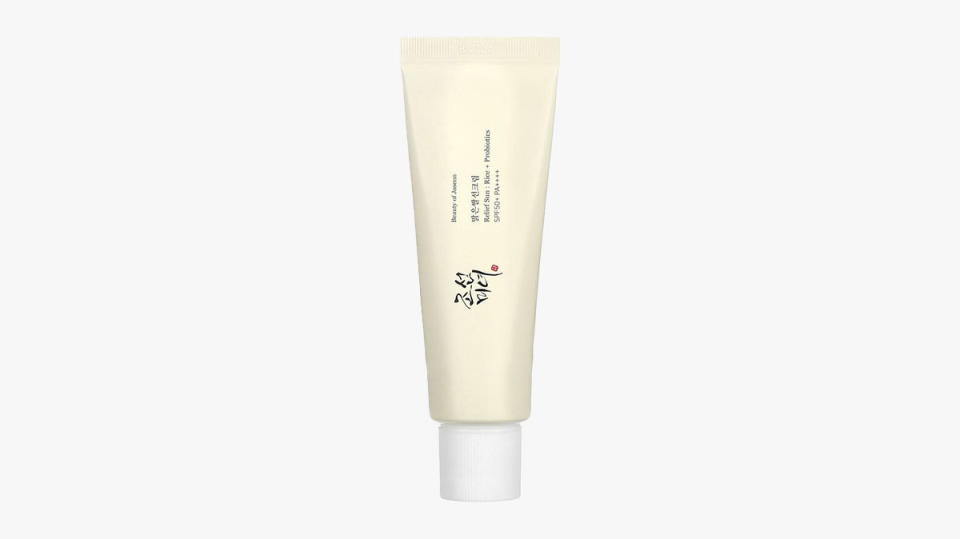
BEST FOR EVERYDAY
Beauty of Joseon Relief Sun : Rice + Probiotic SPF50+ PA++++
It’s impossible to start any Korean sunscreen list without Beauty of Joseon at the top. This is seemingly the web’s favorite Korean SPF, and one of Palermino’s, too. “I really love that they do their testing in Korea and Spain,” she says. “I wish more brands would test in multiple facilities like this and publish the results, because the reality is that the way most sunscreens are tested is so prone to error.” She does warn that it can leave a bit of a cast if you have really deep skin tone.
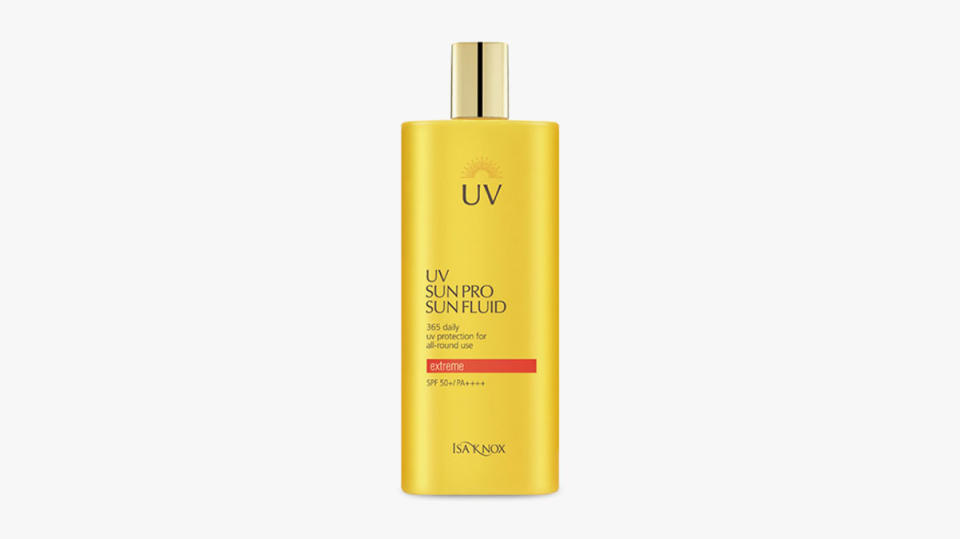
BEST FOR THE BEACH
Isa Knox UV Sun Pro 365 Daily Extreme Sun Fluid SPF50+ PA++++
Isa Knox makes a rare water resistant Korean sunscreen. Palermino, who actively avoids tanning her skin, praises it as the only sunscreen she is able to wear on the beach and not get tan. “And that is impressive, because I tan really easily, and most sunscreens still allow me to tan despite my best efforts.”
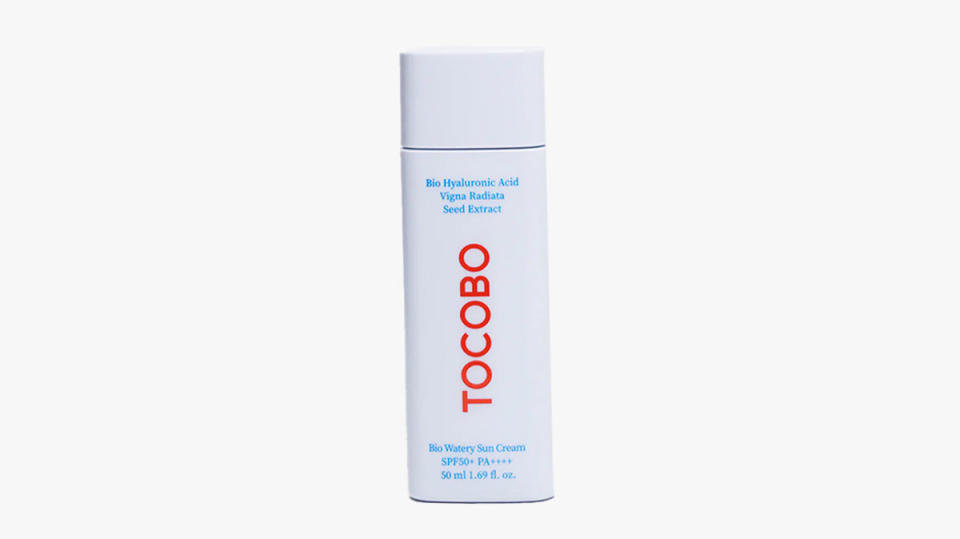
BEST FOR OILY SKIN
Tacobo Bio Watery Sun Cream SPF 50 PA++++
“This one is great for oily skin, and is easy to reapply throughout the day,” says Palermino of the product’s texture. “But remember that these watery fluids aren’t really moisturizers,” she adds (so layer it over top of your daily moisturizer).
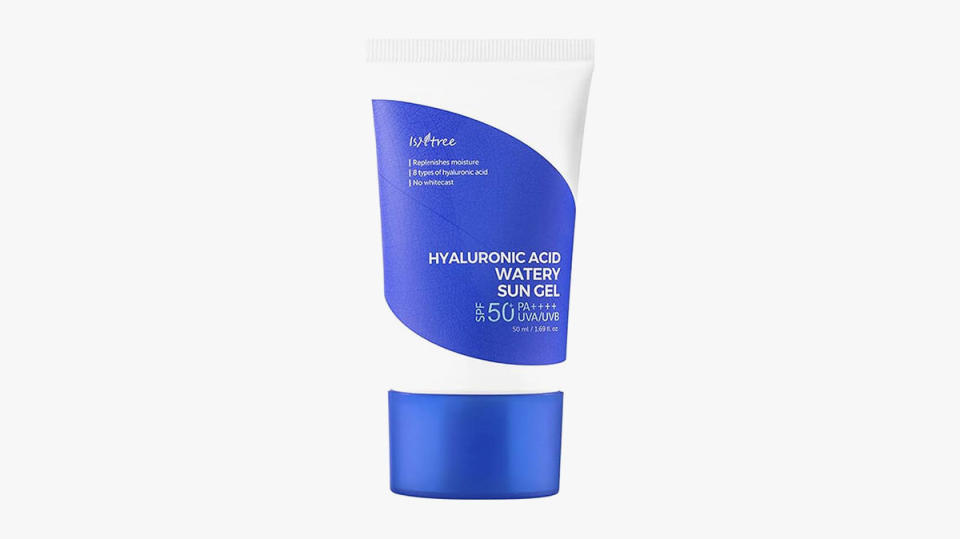
EDITOR'S PICK
Isntree Hyaluronic Acid Watery Sun Gel
Robb Report‘s senior editor Justin Fenner swears by Isntree’s velvety SPF 50+, which relies on Tinosorb S, an advanced filter that’s more photostable than older chemical alternatives. It’s also got a good dose of hyaluronic acid, and on muggy days that means you can skip your moisturizer and jump straight to this product instead.
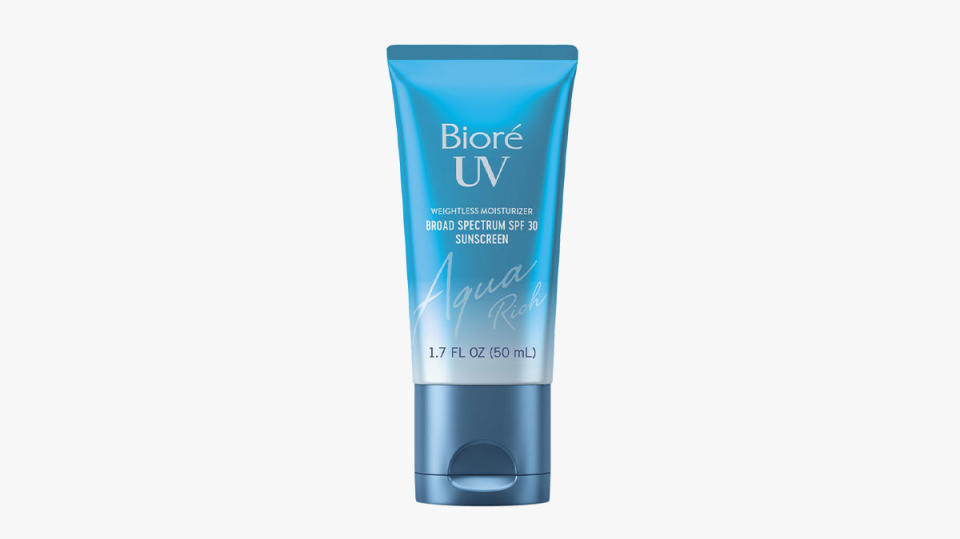
AND ONE FROM JAPAN
Bioré UV Aqua Rich SPF 30
Remember, it’s not just Korea that has these great chemical filters in sunscreens. Palermino credits Bioré with starting the “non-U.S.” sunscreen craze. “It’s very light, it’s great if you have more oily skin because it dries really quickly.”
Best of Robb Report
Sign up for Robb Report's Newsletter. For the latest news, follow us on Facebook, Twitter, and Instagram.

